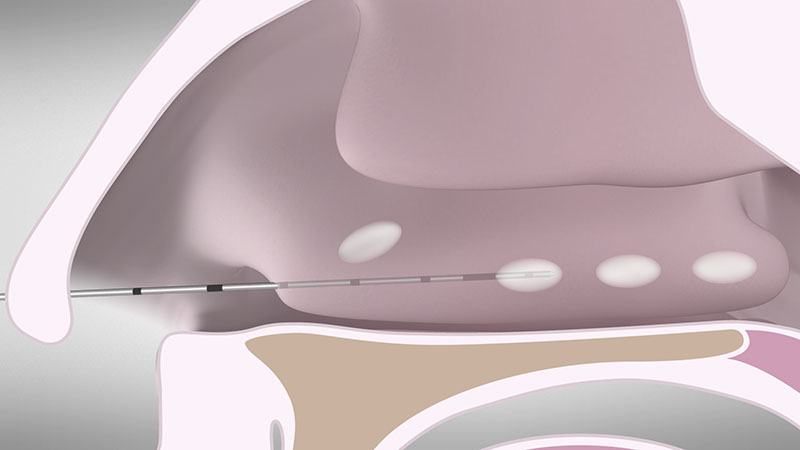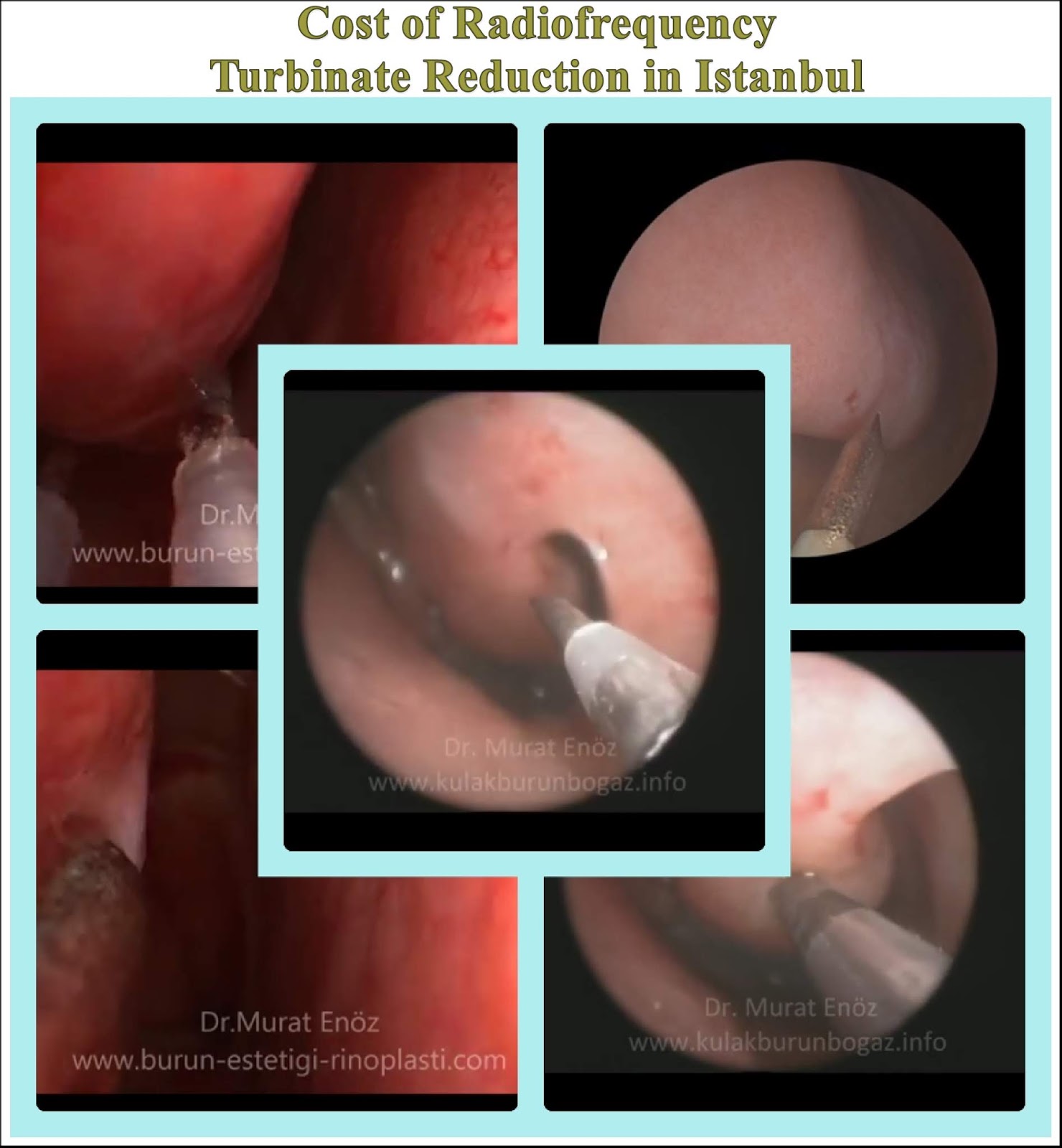Radiofrequency Turbinate Reduction Near Me. A lack of turbinate tissue may cause the nasal cavity to become very dry and. The goal of turbinate reduction surgery is to shrink the size of the turbinates without removing too much tissue.

Get the best price for a Coblation Turbinate Reduction with MDsave.
Coblation™ plasma technology for turbinate reduction is a medical innovation used to treat nasal airway obstruction by both removing and shrinking soft tissue inside the turbinates.
Radiofrequency reduction; Microdebrider submucosal resection; Cauterization, coblation, and radiofrequency reduction are techniques that shrink the turbinate tissue without removing the tissue or bone. Lemogne has recommended treating Empty Nose Syndrome as a somatic disorder, including cognitive therapy and by venlafaxine. Arjuna Kuperan is a Board Certified. Beside other surgical tools, RFA has become quite popular over the. Turbinates are long, thin bones covered in thin membranes (soft tissue) lining both sides of the inside of your nasal passages. During these techniques, the turbinate tissue is heated with a specialized device, causing scar tissue to form over time and shrink the turbinate.
Newer techniques include radiofrequency-assisted turbinoplasty, microdebrider-assisted turbinoplasty, and ultrasound turbinate reduction. Objective To study the long-term outcomes of radiofrequency (RF) turbinate surgery for the treatment of allergic rhinitis refractory to medical therapy. If the enlarged turbinates do not respond to nasal sprays, and/or decongestants/ antihistamines, Coblation may provide a simple solution. Answer: Turbinate reduction methods Dear Payy,The most effective way to treat the turbinates (long term) is to remove the front part of the turbinate boneYou are correct, all other treatments used to treat the flesh of the turbinates tend to fail several months after surgeryIt is pretty straightforward and can even be done under local. in-office radiofrequency turbinate reduction. pediatric ear, nose & throat. snoring & sleep disordered breathing. chronic ear infections. hearing loss. tonsillitis & adenoiditis. allergy & rhinosinusitis. speech & voice disorders. neck masses. cancer of the head & neck. squamous cell cancer. skin cancers. The turbinates are shelves on the side of the nose. Radiofrequency turbinate reduction is like controlled damage of the swollen areas to remove them.
Non-surgical reduction of nasal turbinates can improve breathing. Radiofrequency Ablation (RFA) During this procedure, a small probe is placed in the submucosal area of the turbinate (between the inner turbinate bone and the outer mucosal lining) and low-power radiofrequency energy is applied to decrease tissue volume. Learn how much a Coblation Turbinate Reduction costs near you.




